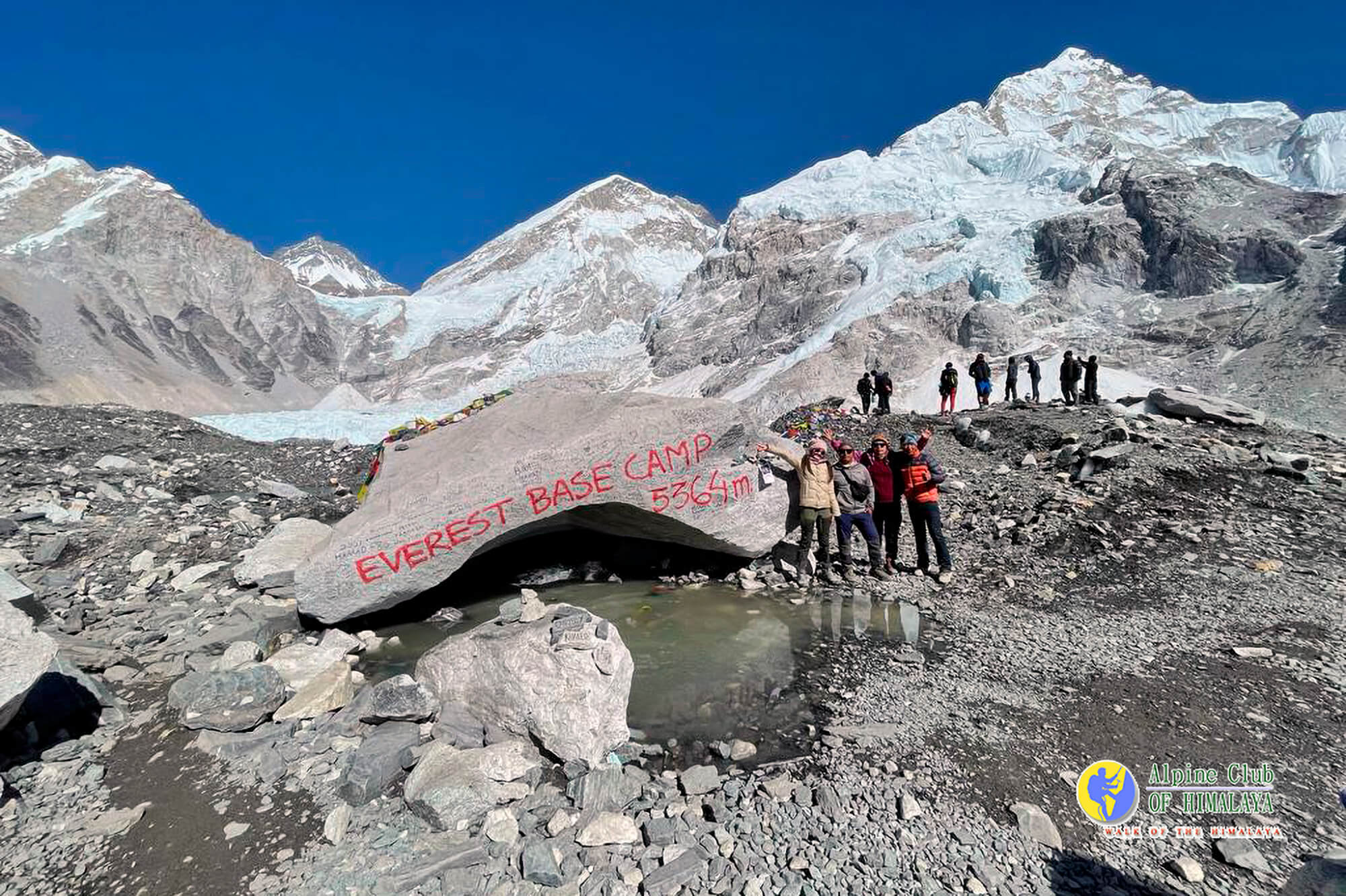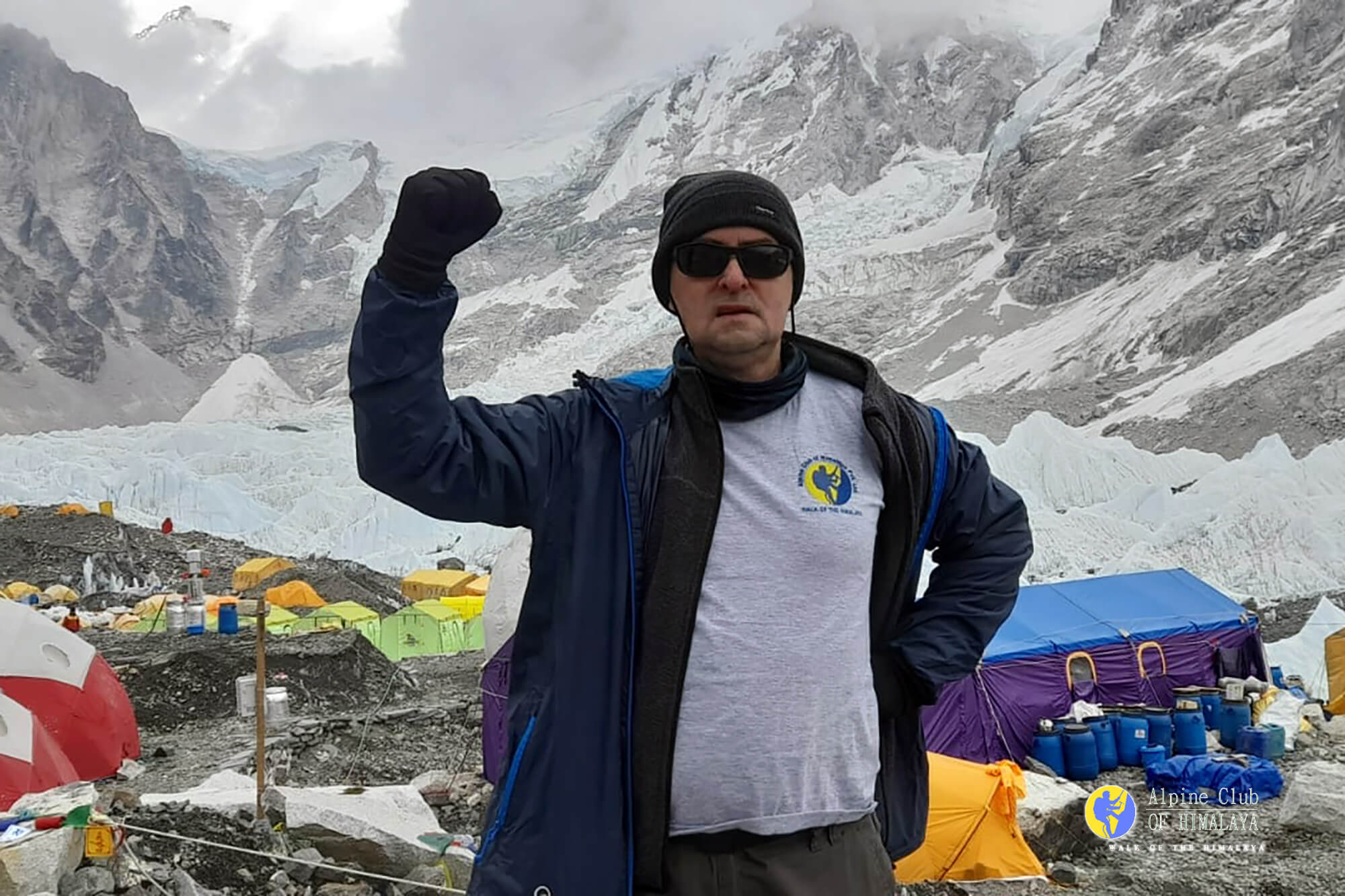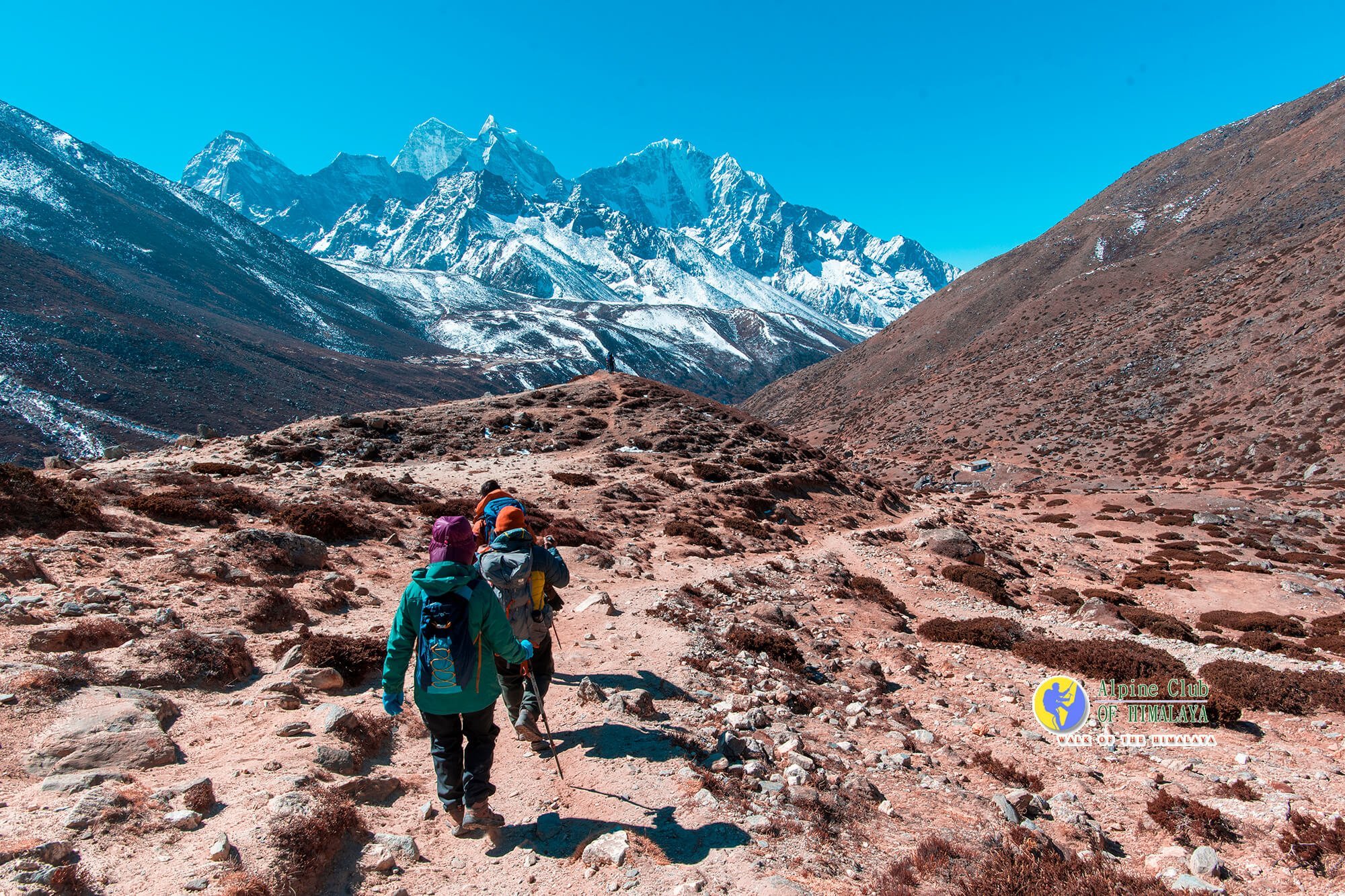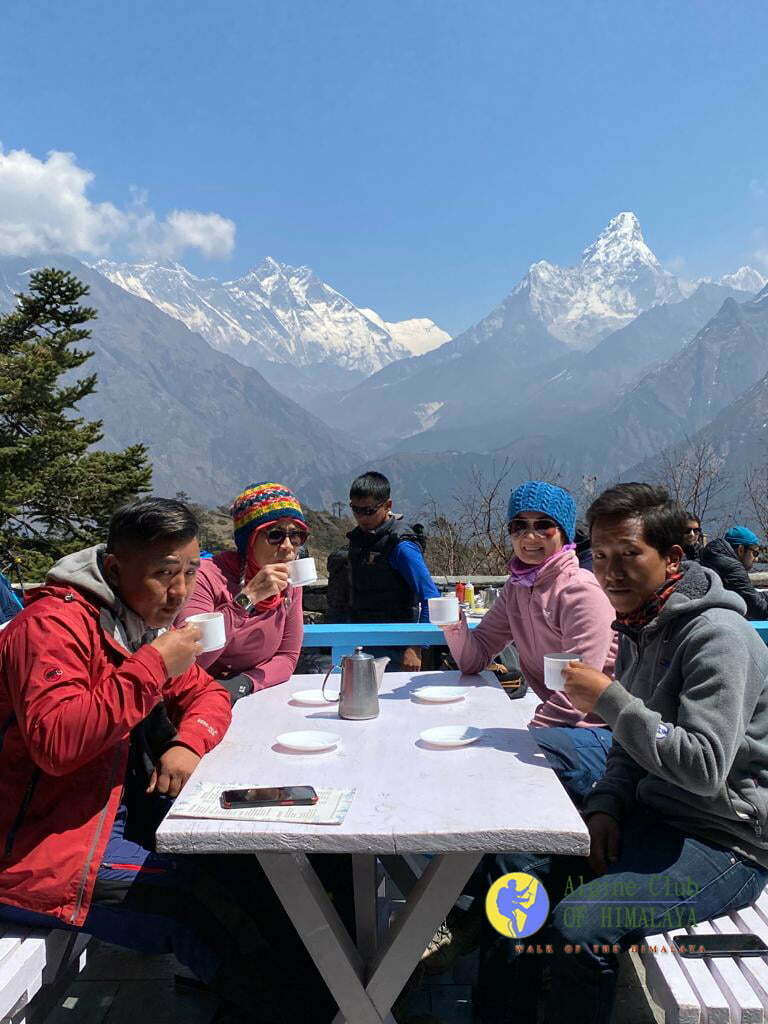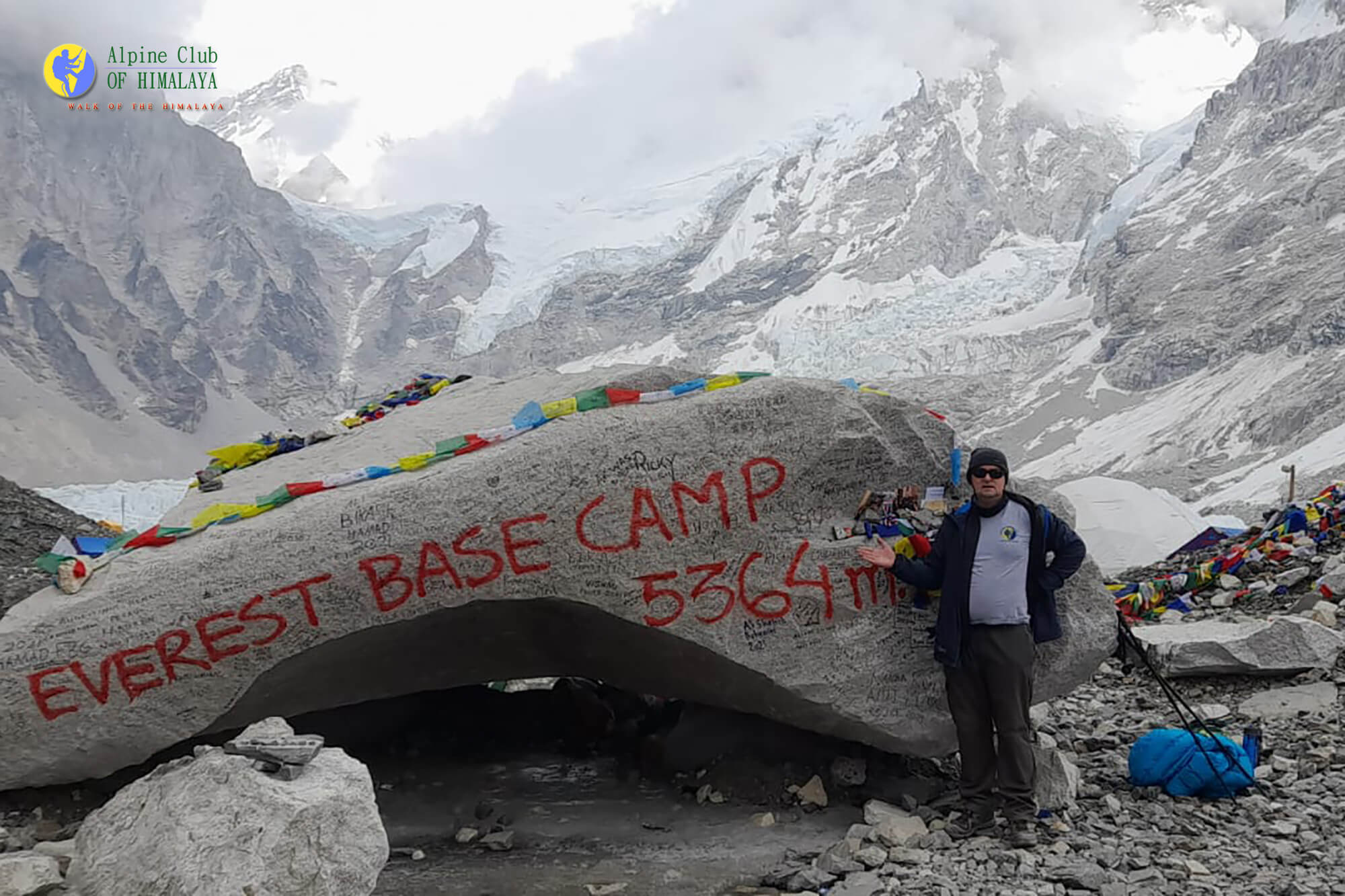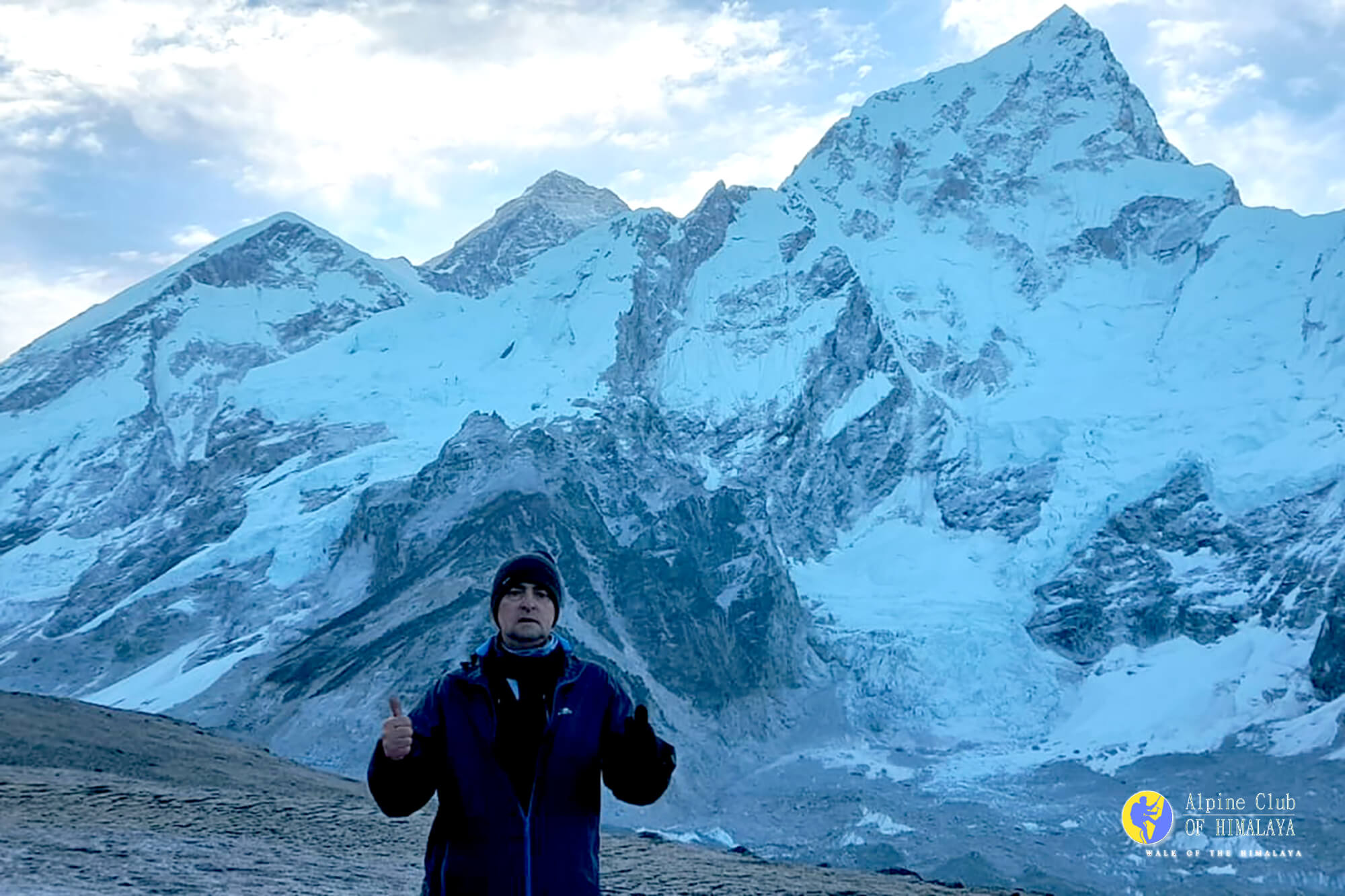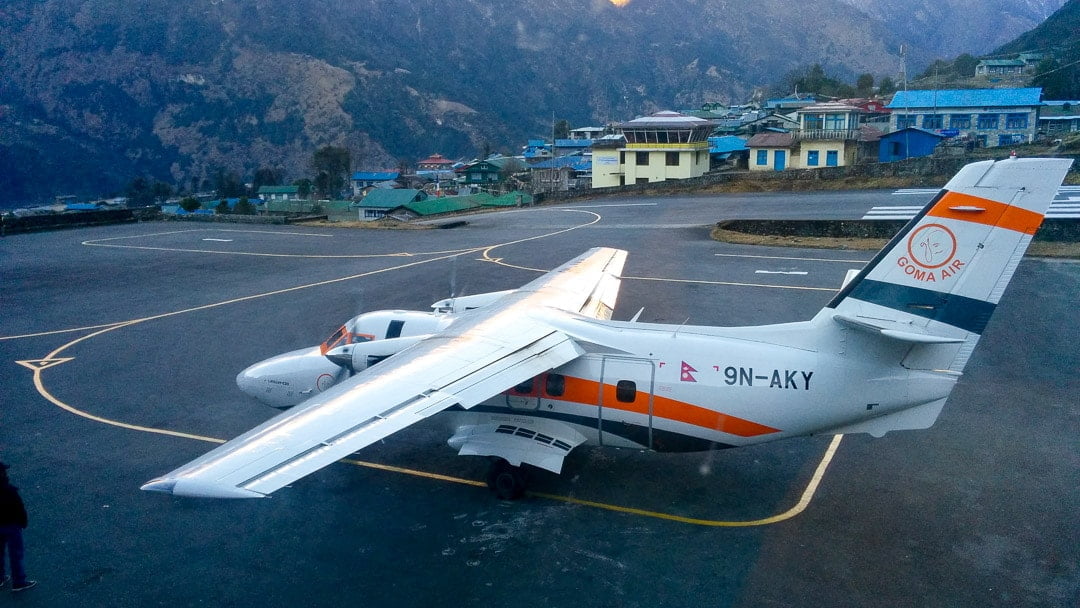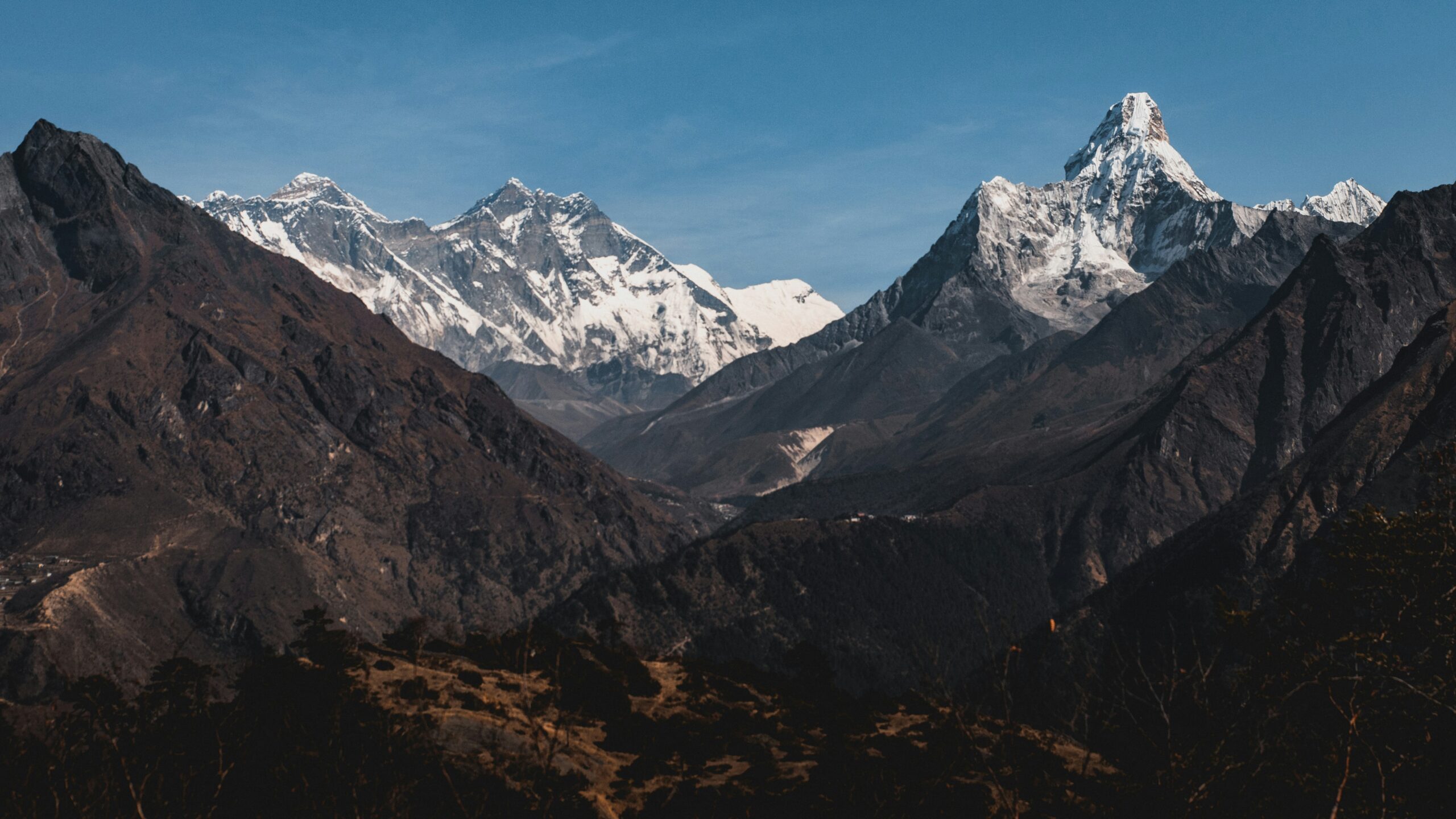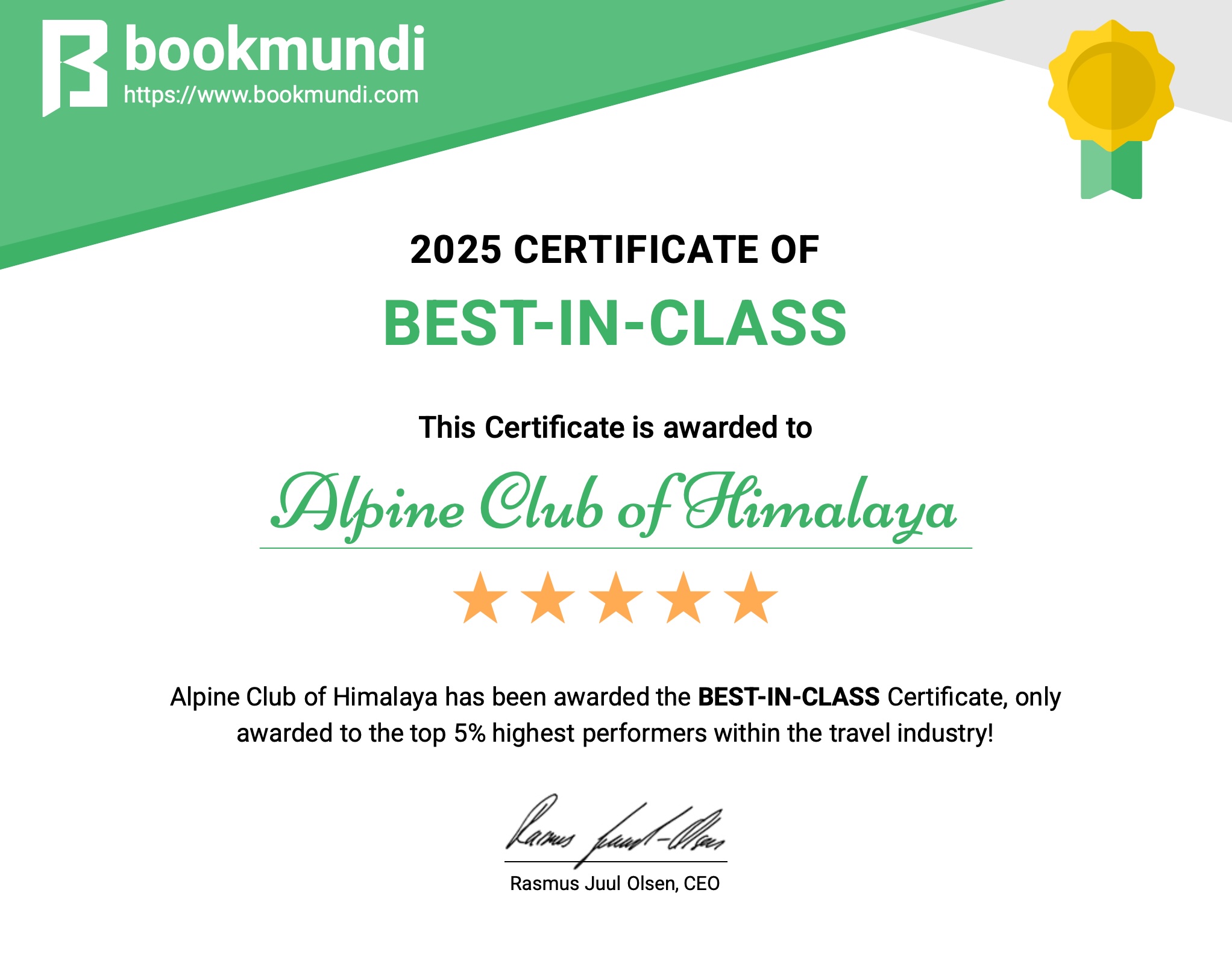Our Everest Aggressive Trek is a thrilling, tough, and amazing Himalayan trek taking you across the wonders of the Khumbu region. The Khumbu region is nestled on the laps of the Mahalangur section of the greater Himalayan range in the northeastern part of the country. The area falls under Sagarmatha National park, a UNESCO world heritage site. The park’s boundary on the northern side extends up to Tibet, on the east till Makalu Barun National park, and extends to Dudh Koshi river towards the south. Home to a wide range of biodiversity and microclimates. In this Everest Base Camp Aggressive Trek, you will be heading on a lifetime trek to experience the wonders of nature and cultures which have remained frozen in time.
Overview
Everest Base Camp Aggressive trek starts with a scenic flight from Kathmandu to Lukla. Passing through sub-tropical woodlands, you’ll reach Namche Bazaar, the Sherpa capital, offering various amenities. Continuing along a high path, you’ll glimpse Everest before reaching Tengboche village. Explore the ancient Tengboche Monastery here, nestled at 3867 meters amid stunning mountain scenery mountains.
After visiting Everest Base Camp, you’ll descend to Imja Khola, pass through Pangboche and Pheriche villages, and reach the Khumbu Glacier. Traversing moraines, you’ll arrive at Lobuche village. The following day, you’ll hike to Gorakshep and then to Everest Base Camp, where you can relish the mesmerizing Himalayan panorama. Next, you’ll ascend Kala Patthar, the highest point of the trek at 5545 meters. The climb isn’t technical, but altitude requires caution. From Kala Patthar, you’ll witness astounding views of Everest, Nuptse, Lhotse, Khumbu glacier, and more. Retracing your steps, you’ll journey back through settlements and wilderness to Lukla, concluding the trek in Kathmandu.
This Everest Base Camp Aggressive Trek is particularly strenuous as you will be covering a large distance and high altitude without acclimatization days. So, the trek is designed for those who have good physical fitness with some prior trekking experience but have a limited time frame. Be a part of this adventurous trek with the Alpine Club of Himalaya.
Best Seasons
The best season for trekking to the Everest region is during autumn and spring, the months of September, October, November, March, April, and May.
During the autumn season, the months of September, October, and November the weather is clear with warm temperatures and the visibility is great. As the weather is mild it is very easy to get around the region.
The spring season of March, April, and May are also the best time to visit the Everest region, marking the end of the winter, the spring season brings a change in the topography of the region and the destination comes to life with endless rows of different colored rhododendron, moss and orchid draped trees, colorful undergrowth stretching for miles and the snowy white mountains peaks on the backdrop of clear blue skies.
Monsoon season is not favorable for trekking as the weather gets harsh and it is hard to get around the country with frequent landslides and floods. So usually, monsoon season is avoided by trekkers.
In the winter season, the area receives a high amount of snowfall, covering most of the trail, and access is denied to most of the regions of Everest, making it impossible to trek.
Important note:
Your safety is of paramount importance to us at the Alpine Club of Himalaya. We have the absolute authority to cancel the trip or change the itinerary, when deemed necessary or when we have reason to believe your safety is at stake. Weather conditions, the health condition of a group member, natural disasters, and such, can contribute to changes in the itinerary when traveling in remote mountainous regions. In these extreme situations, we kindly request that you offer your full co-operation to the trusted leader of the group appointed by the Alpine Club of Himalaya. However, we assure you that we will make every effort to keep to the above itinerary.
Itinerary
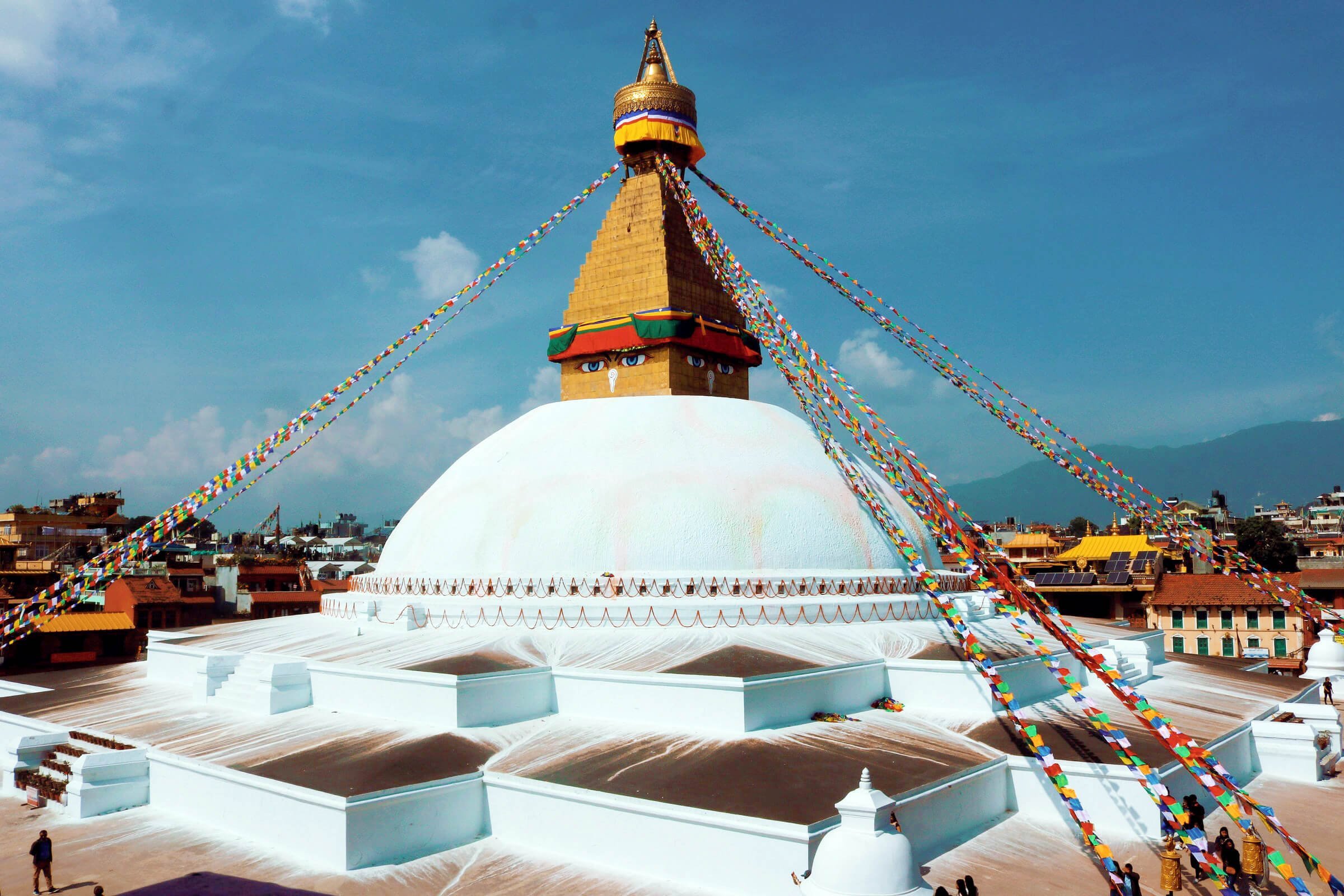 Kathmandu: Boudhanath Stupa
Kathmandu: Boudhanath StupaThe flight to Nepal is amazing with views of endless mounting ranges. Once you arrive at Kathmandu International Airport, a representative from the Alpine Club of Himalaya will welcome you and assist you with your accommodation. The rest of the day is free to explore this historic and vibrant city. You can go for a guided tour of the city or stroll on your own. In the evening join for a welcome dinner and later join a briefing session regarding the trek.
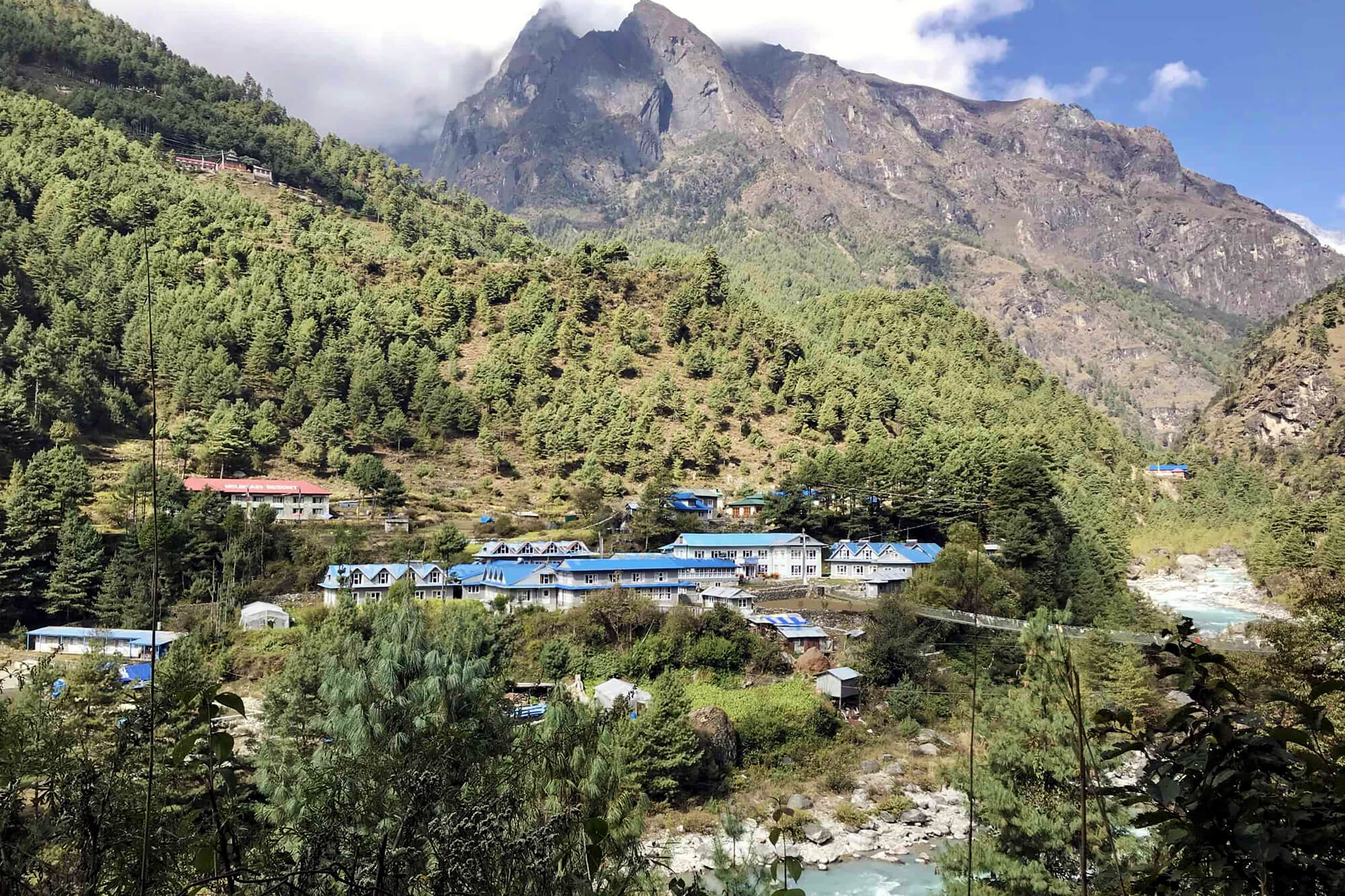 Phakding
PhakdingAfter breakfast, proceed towards the domestic airport and head towards Lukla. Lukla is a small settlement perched on a hilltop, in the Khumbu region. The settlement is regarded as the gateway to Everest. Upon landing at Lukla after a brief rest you will start your trek towards Phakding. Descending above terrace farms and agriculture belts you will pass settlements of Chheplung, Ghat and Sano, and Thulo Gumela. Also explore the ancient monasteries of Drangdrak Gompa and Pema Choling Gompa, with views of sacred mountain Kumbila and the sister summit Kusum Kanguru peak on the backdrop. A brief walk from here will take you to the settlement of Phakding.
 Namche Bazaar
Namche BazaarWake up early and after breakfast start your trek towards Namche Bazar. Crossing through the hamlet of Zamphute and Tok Tok witness views of dazzling Mt. Thamserku glistening in the morning rays of the sun, which stays with you in most of the sections today. Traversing along the trail you will be passing through the scenic Sherpa villages of Benkar, Chumoa, and Monjo. From here as you progress and the might Dudhkhosi river you will be approaching the buffer zone of the Sagarmatha National Park, a UNESCO declared a world heritage site. Along the way explore the Utche Choling Gompa.
After your permits are checked at the entrance of the National Park, you will be completing today’s half journey. From here you will be traversing steep sections of the lush woodlands. Crossing the village of Jorsale, a steep stepped path leads you to an amazing high bridge over the Dudh Koshi River gorge, and just before this bridge, the Dudhkhosi is met by its tributary, the Bhote Koshi. As you progress on this uphill trail get your first glimpse of Mt. Everest, peering over the Lhotse-Nuptse ridge, and finally, after about a 1.5km/0.9mile trek, you will reach Namche Bazar. Upon reaching Namche Bazaar head out to explore the various attractions of the region.
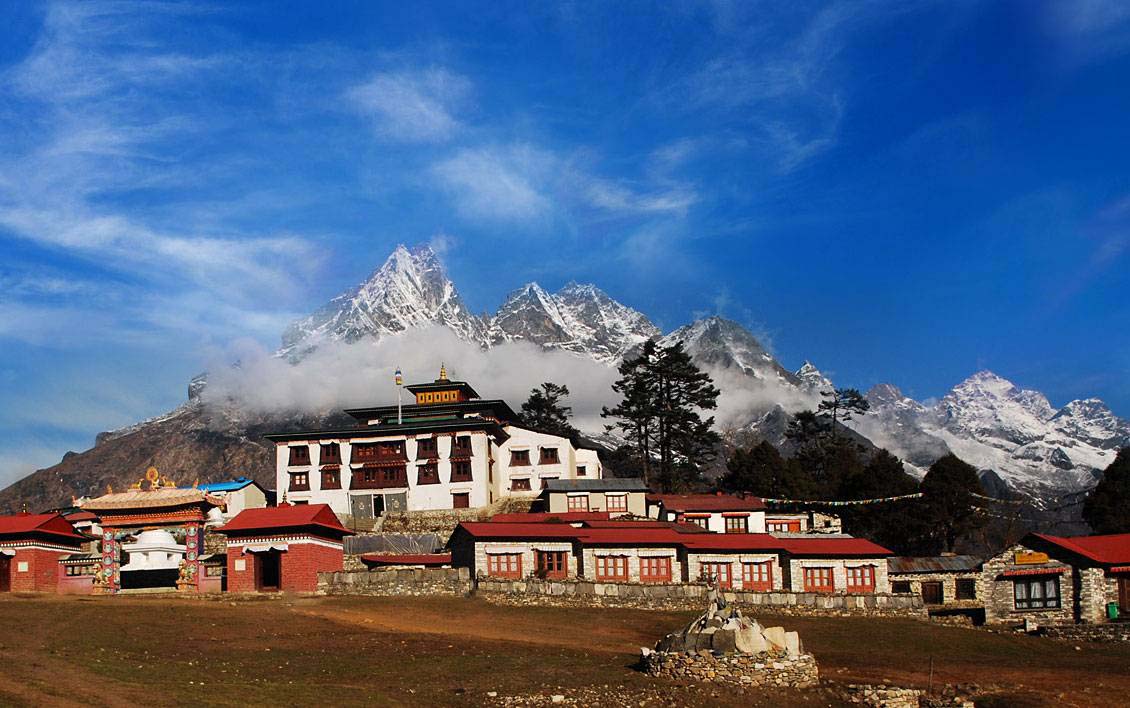 Tengboche Monastery
Tengboche MonasteryFrom Namche, taking the easy level trail following the ridge section witness a grand panorama of the landscapes, lush rolling hills, and views of Everest, Ama Dablam, Lhotse, Thamserku, and endless other mountain peaks. From here head towards Kyangjuma, a settlement nestled at an elevation of 3550 meters, next proceed towards the trail junction at Sanasa. Following the downward trailhead to Lawichasa, along with the trail witness the grand views of Ama Dablam.
From Lawichasa narrow trail branches north to Tashinga and drops down on steep stone steps to Phunki Thenga, next cross the bridge and head on an uphill section. This part of the trail is covered with woodlands of rhododendrons. As, you progress on the trail witness Mani walls and Chortens, which marks the start of Tengboche village. The village is nestled on a wide grassy plain below a crescent-shaped ridge covered by scrub pines, ciders, and rhododendrons. Upon reaching Tengboche leave your heavy backpacks and head out to explore the renowned Tengboche monastery.
 Dingboche
DingbocheAfter breakfast head towards the trail. The first section takes you through woodlands of pines, conifers, and rhododendrons, keeping an eye out as you may witness the wildlife of the region, monal pheasants, and musk deer found in large numbers in this area. Traversing along the trail you will reach the village of Debuche, here explore the Debuche Gompa which is decorated by ancient thangkas and murals painted on wooden panels. Debuche also has a small Buddhist nunnery on the east hillside.
From here the trail continues through dense forest to reach Milinggo and then drops steeply to a suspension bridge over Imja Khola. Cross the bridge and you will be trekking on a hillside with views of Ama Dablam at the end of the valley towards Pangboche village. At the village visit the oldest monastery in Khumbu, Pangobche Gompa founded by Lama Sange Dorje.
Following the rapids of Imja Khola, the trail climbs towards the village of Shomare. From this point, the tree line disappears and you will be traversing arid landscapes having alpine terrain with patches of scrub, isolated pastures lands used for yak grazing.
After you cross the yak pasture and herdsmen’s stone huts at Orsho and Tsuro Wog, turn right and descend to a point near the confluence of Imja Khola and Khumbu Khola. Finally climbing a low ridge, you will reach the sprawling settlement of Dingboche, a cold and windy region with sub-zero night temperatures even in summer.
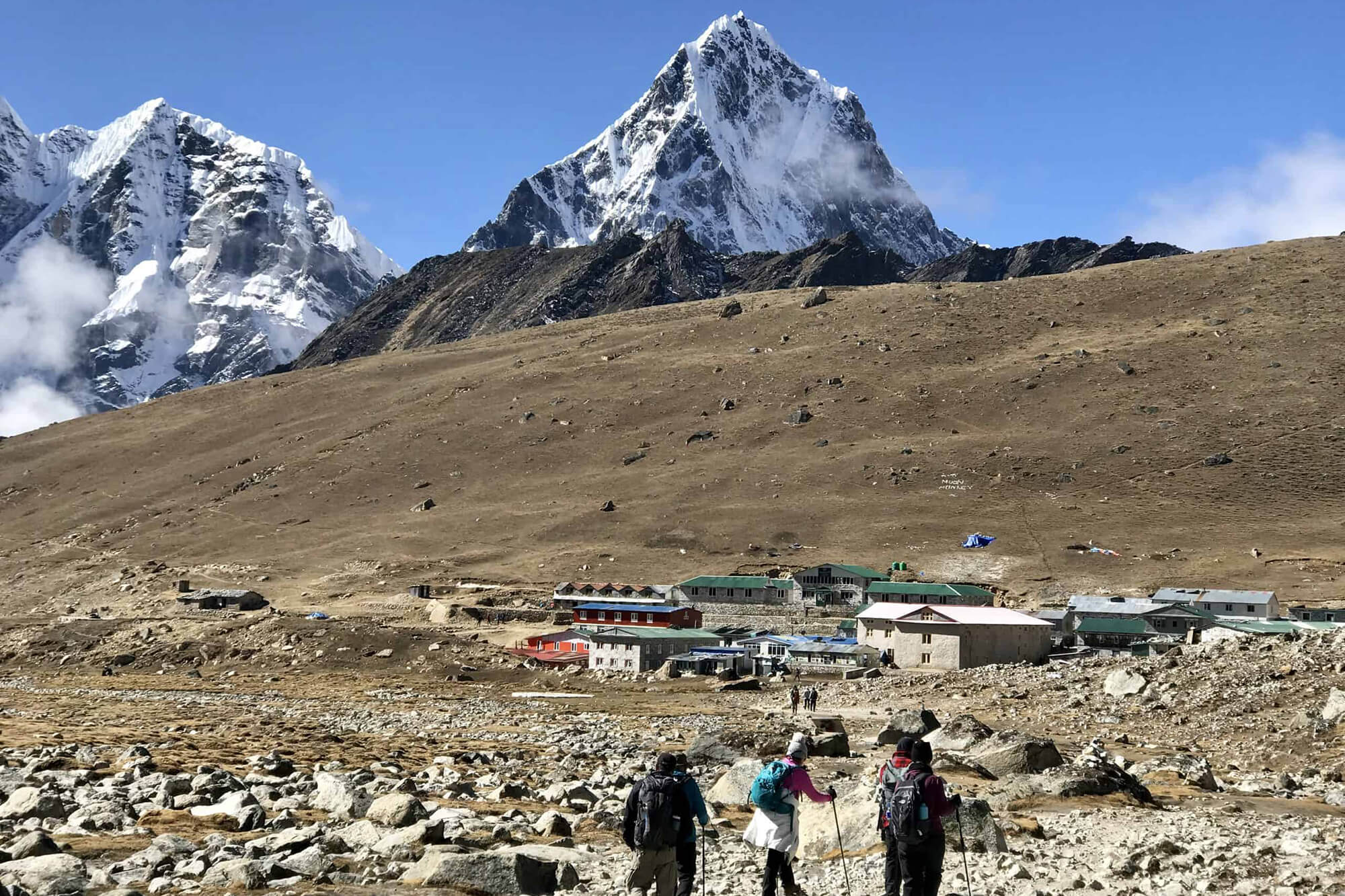 Lobuche
LobucheToday’s trail is filled with wonders of nature. As you progress on you will witness rings of mountains surrounding you. A brief walk will lead you to the settlement of Dusa, where you will find uninhabited stone huts used by herdsmen. From here head towards Dughla and then to Chupki Lhara where, large heaps of stones are decorated with prayer flags, a remembrance of the mountaineers who perished on a mission to climb Mt. Everest.
At the top of the valley nestles Chola Lake, get a glimpse of the turquoise water from the high trail. From Chupki Lhara, the trail drops to the Khumbu glacier moraine with views of three great peaks-Khumbutse, Lingtren, and Pumori straight in front. After a brief walk along the murmuring stream, you will reach the village of Lobuche.
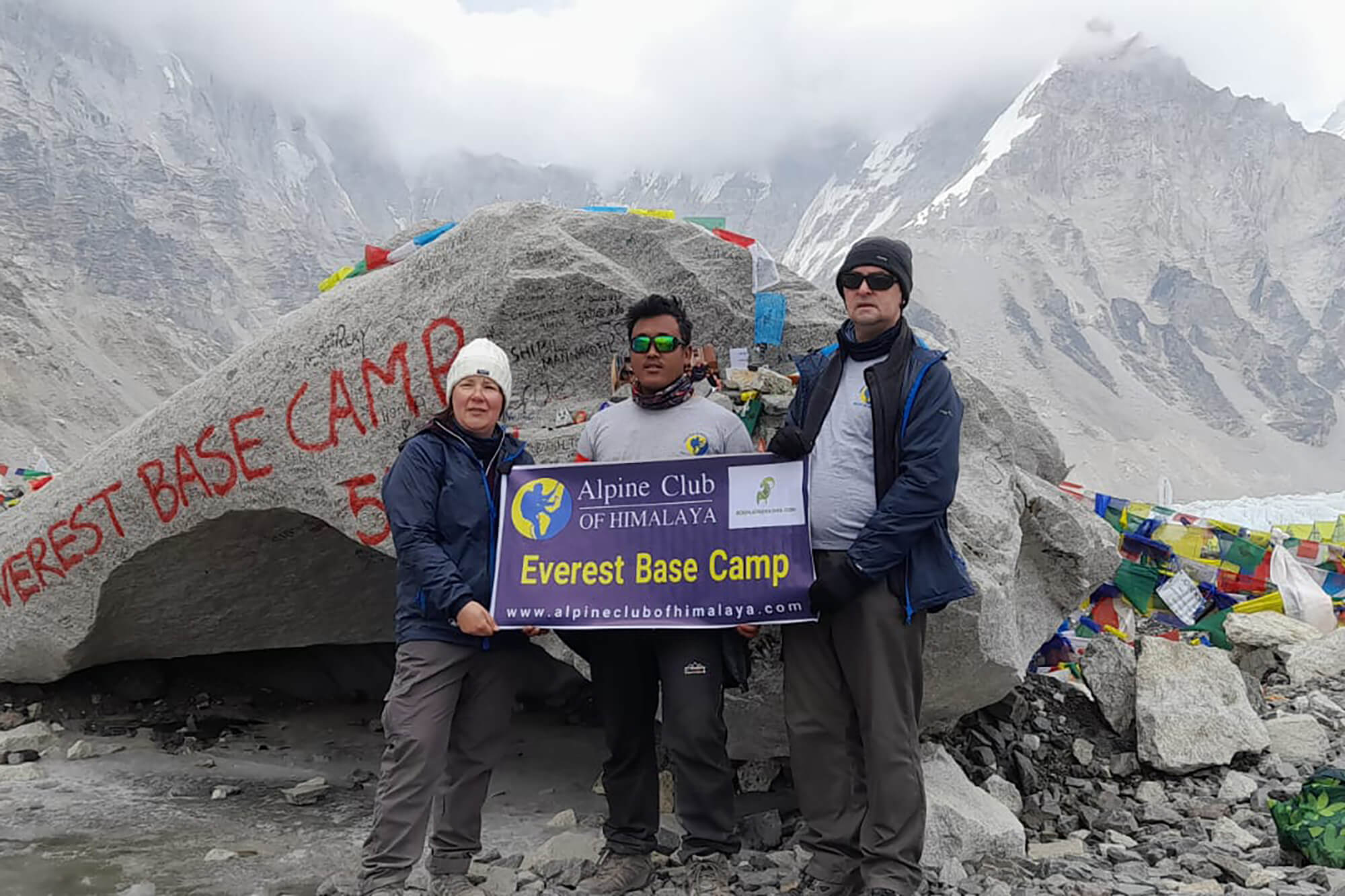 Our guest and guide at Everest Base Camp
Our guest and guide at Everest Base CampStart early today as you will have to cover a lot of ground today. Traversing across high pasture lands and arid rocky terrain with scattered boulders, with views of the Himalayas. A 60m/200ft ascent will bring you to Thangma Riju the summit of the moraine wall of the Changri Glacier. From here witness a spectacular 360-degree panorama of the mountains around: Taboche, Lobuche peaks, Pumori, and the rest of Mahalangur Himal peaks, with views up to Tibet and Nuptse filling the eastern horizon.
Next crossing the moraine of the Changri glacier eventually joins the Khumbu glacier from the west. Take extra caution as the tracks a steep with stony slopes, after a brief walk you will reach Gorak Shep. Catch the first glimpse of Kala Patthar from here, a renowned vantage point of the region.
After a brief rest at Gorak Shep and leaving your heavy backpacks head towards Everest Base Camp. Traversing along the turquoise water Gorak Shep Lake with views of Changtse peak in Tibet and the Lho La depression. Crossing glaciers, icefalls, frozen pools of meltwater, exposed icy walls, and large boulders you will finally reach the Everest Base Camp. After basking in the foothills of the world's highest peak retrace your steps back to Gorak Shep.
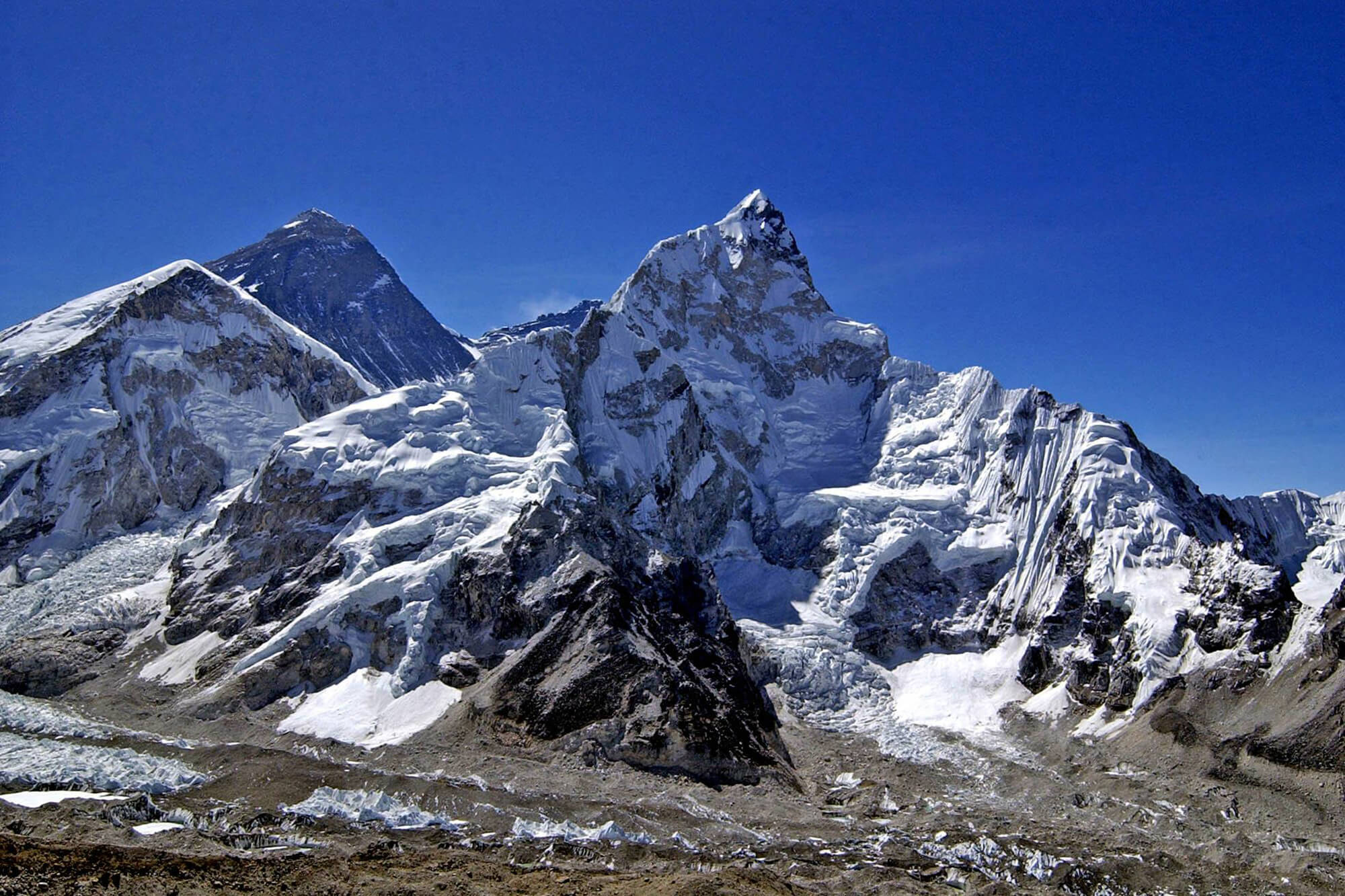 Kala Patthar
Kala PattharAfter breakfast start, you hike towards Kala Patthar, which is regarded as the best vantage point of the Khumbu region. Crossing through the wide sandy bed of a dried-up lake and on steep zigzags sections. As, you progress on the trail witness views of snowcapped Lingtren, Khumbutse, and Changtse.
From here take it slow as altitude can be a problem for some. Traversing on inclined sections you will reach the summit of Kala Patthar. From the top witness the amazing Himalayan panorama. The grand views of Everest, Nuptse, Changtse, norther flank of Lhotse, Khumbu glacier, icefalls, and endless other mountain peaks of the Mahalangur Range. After spending a brief time heading down towards Gorak Shep. From here retrace your steps back to Lobuche, instead of moving towards Dingboche, you will be descending to Pheriche. Traversing along Khumbu Khola, you will reach the settlement of Pheriche.
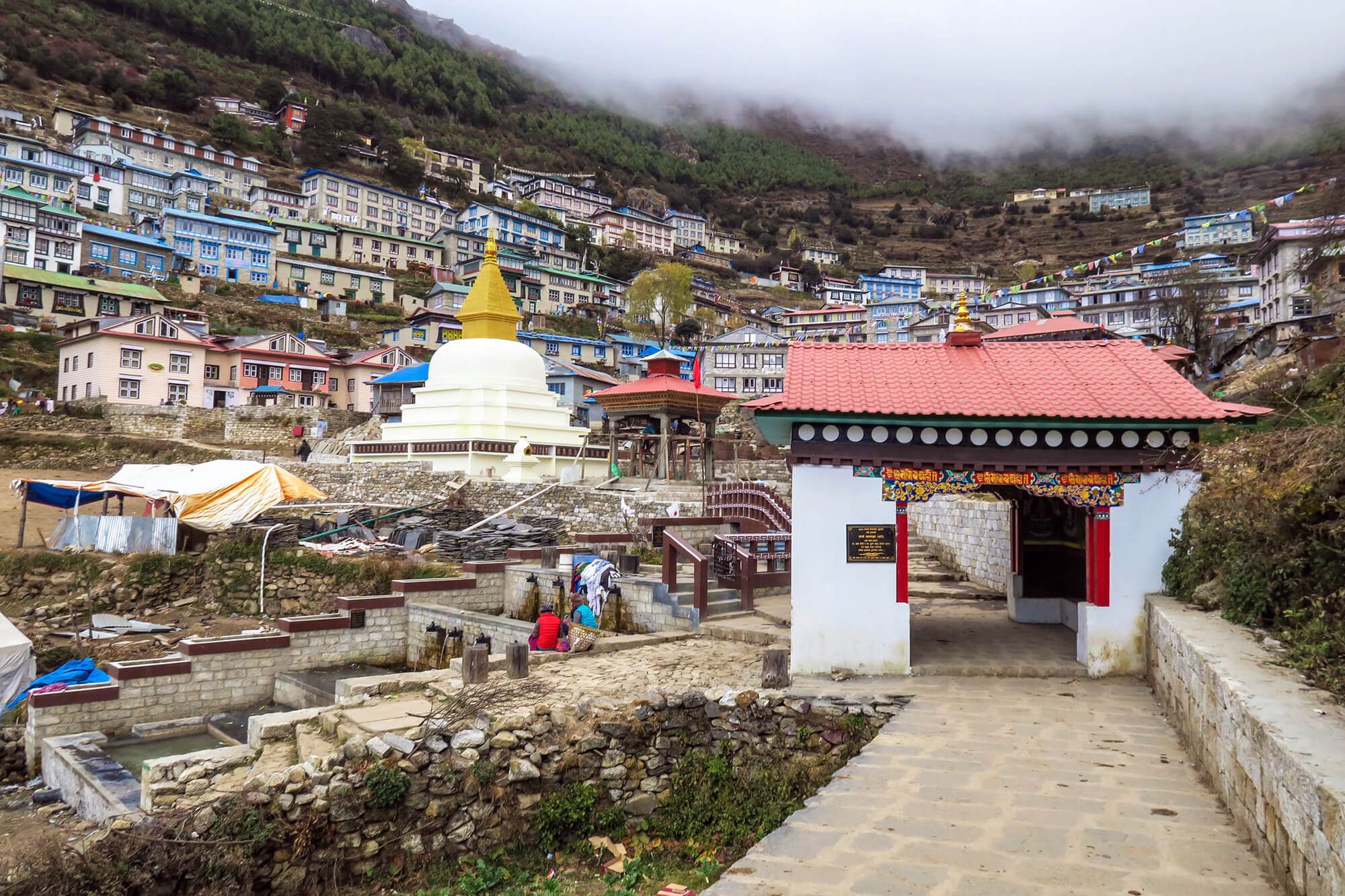 Namche Bazaar
Namche BazaarFollowing the downhill track with views of the Himalayas descends to Tsuro Wog and crosses a high suspension bridge over the Khumbu Khola. From here start descending crossing settlements of Orsho, Shomare, and upper Pangboche, and finally Tengboche. At Tengboche explore the ancient Tengboche monastery largest gompa in the Khumbu region. Next head across lush woodlands passing the villages of Phunki Tenga, Sanasa, and Kyangjuma, and then eventually to Namche Bazar.
Upon reaching Namche Bazaar head towards your tea house and later head out to explore the area.
 Lukla
LuklaAfter breakfast, head towards the trail. Retracing your steps back following the banks of the Dudh Koshi river and traversing across lush woodlands to Lukla. Upon reaching Lukla after a brief rest celebrate your last night in the mountains and the success of your trek.
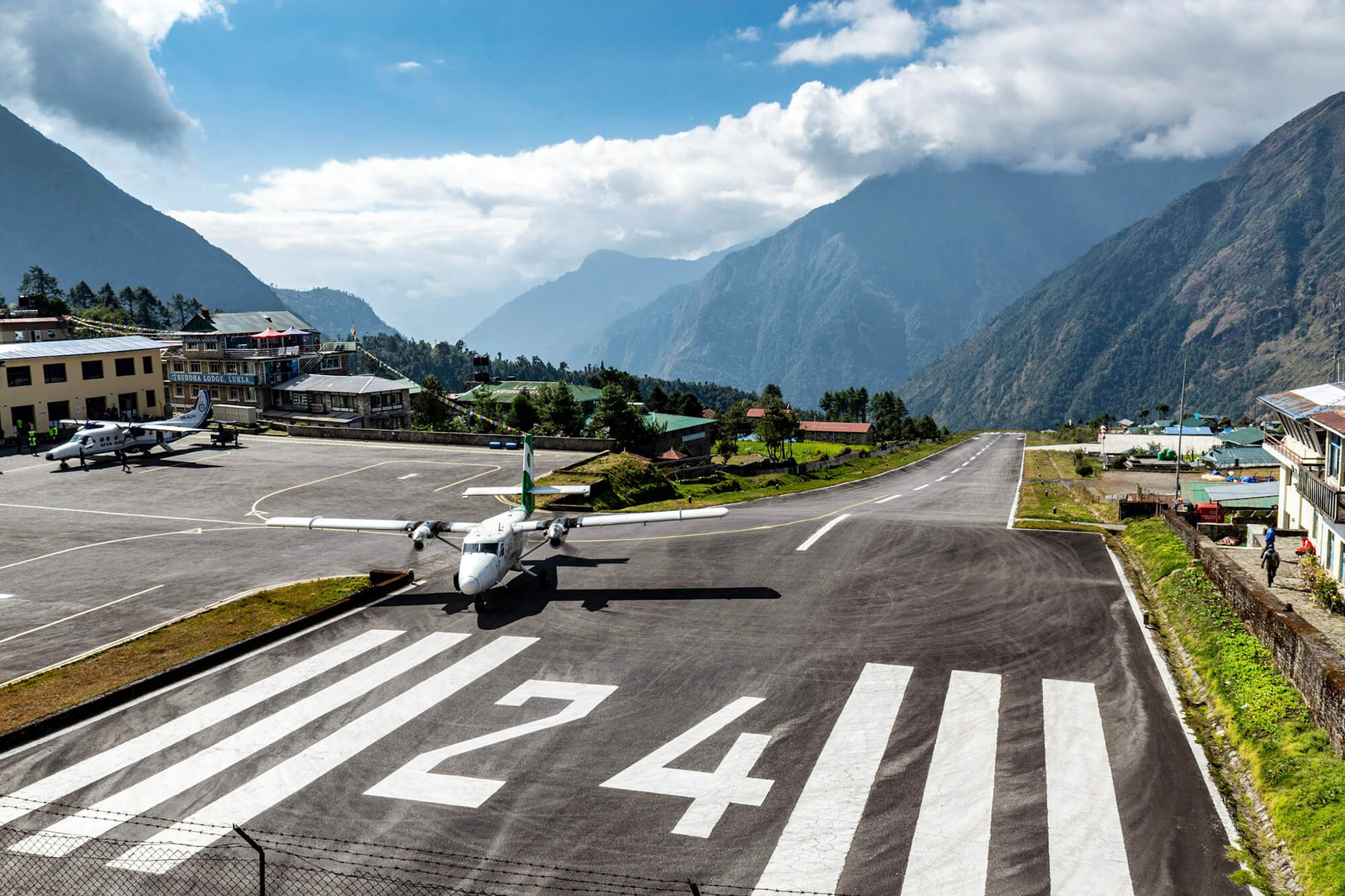 Lukla Airport
Lukla AirportWake up and bask in the views of the mountains. After breakfast heads towards the airport and catches the flight towards Kathmandu. Upon landing at Kathmandu head towards your accommodation. Today is a leisure day, stroll around the city and buy gifts and souvenirs for your friends and family. Later in the evening join in for a farewell dinner program to mark the success of your trek and the end of your Nepal adventure.
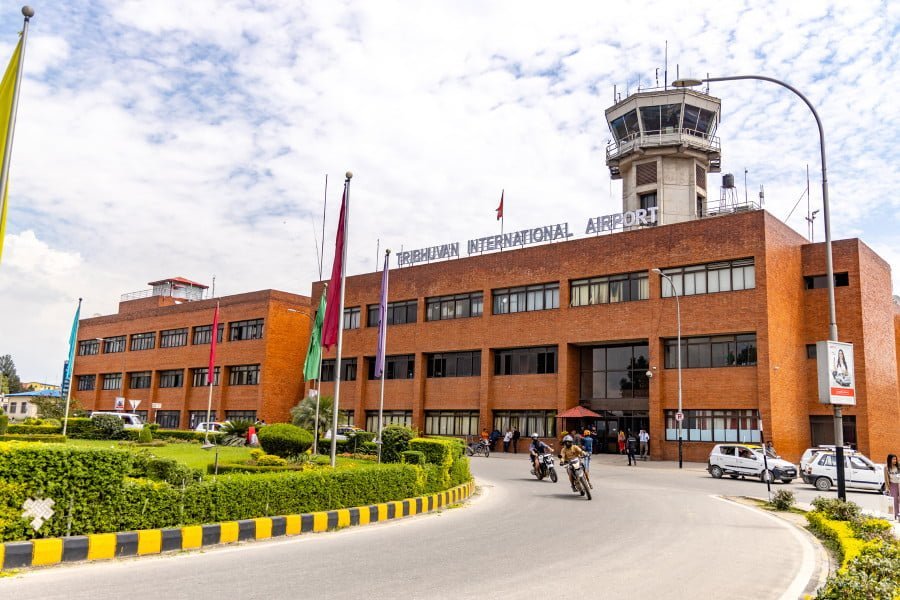 Kathmandu Tribhuwan International Airport
Kathmandu Tribhuwan International AirportToday you will have leisure time till your departure flight. The Alpine Club of Himalaya representative will drop you at the airport three hours before your flight departs. If you prefer to stay longer, you can consult us for short tours such as National park visits, rafting, mountain biking, Tibet, India, or Bhutan tours, etc. If you have any inquiries or require assistance and further information about this trip or other trips, please feel free to contact Alpine Club of Himalaya – Walk of the Himalaya.
NOTE: All of the aforementioned trekking hours are approximations and should only be used as a general guideline.


